Exploring Chinese Cuisine: Key Ingredients & Essential Seasonings and Sauces
Chinese cuisine is renowned for its diversity, rich flavors, and unique cooking techniques. One of the key reasons behind its incredible variety is the wide range of ingredients used in everyday cooking. From staple foods like rice and noodles to fresh vegetables, meats, and flavorful seasonings, Chinese cuisine offers a complex and well-balanced culinary experience.
There is a famous saying that humorously captures the adventurous spirit of Chinese food culture: “The Chinese eat everything with four legs except tables, and everything that flies except airplanes.” While exaggerated, this reflects the immense variety of ingredients found in Chinese cooking.
In this article, we explore some of the most essential components of Chinese cuisine, from everyday staples to traditional seasonings, offering insights into how they are used to create the flavors that define Chinese food.

1. Staple Foods in Chinese Cuisine
Rice: The Foundation of Chinese Meals
Rice is a major staple food in China, especially in the south, where it is grown in abundance. It is consumed daily in various forms, including plain steamed rice, fried rice, and rice noodles. Additionally, rice is used to make wine and beer. A popular rice dish in China is Yangzhou Fried Rice.
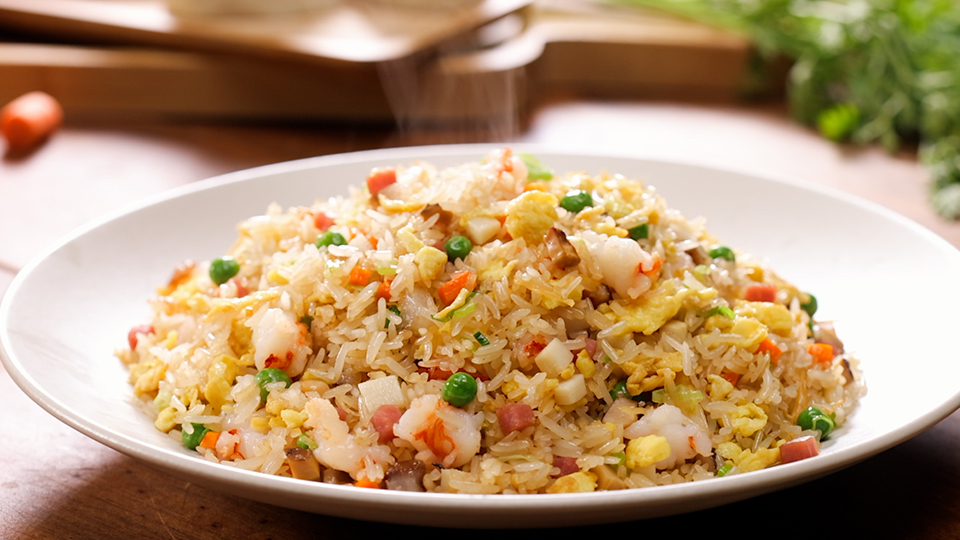
Noodles: A Northern Favorite
Noodles are another staple, particularly in northern China. They are made from wheat flour, rice flour, or mung bean starch and are commonly served in soup or stir-fried with meat, eggs, and vegetables.

Tofu (Bean Curd): A Versatile Protein Source
Tofu originated in China and has been a dietary staple for centuries. Made from soy milk, water, and a curdling agent, it is rich in protein, calcium, and iron. Tofu is used in a variety of dishes, including the famous Mapo Tofu.
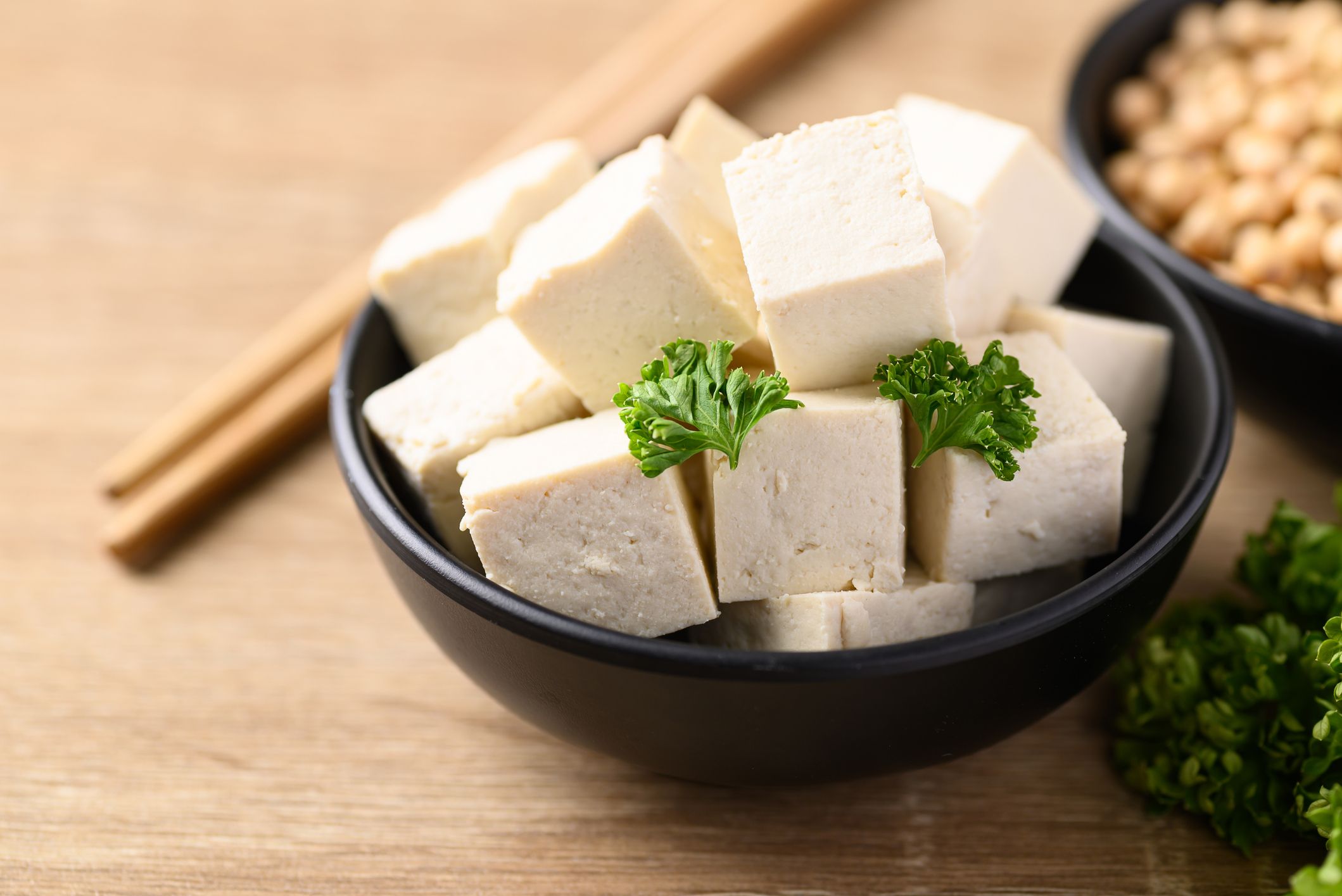
2. Meat and Poultry in Chinese Cooking
Chinese cuisine includes a wide range of meats, such as pork, beef, mutton, chicken, duck, and even pigeon. Pork is the most commonly consumed meat, often simply referred to as "meat" in Chinese.
Every part of an animal is utilized—meat, skin, fat, blood, and organs. Unlike some Western cuisines, raw meat is rarely eaten in China. Instead, it is prepared in numerous ways, including boiling, stir-frying, stewing, roasting, poaching, baking, and pickling.
Popular Meat Dishes
- Peking Duck – A world-famous Beijing delicacy featuring crispy roasted duck skin.
- Sweet and Sour Pork – A classic dish with deep-fried pork pieces coated in a sweet and tangy sauce.
- Sichuan Spicy Chicken – A spicy dish featuring diced chicken stir-fried with Sichuan peppercorns and dried chilies.

3. Eggs: A Dietary Staple
Eggs are widely consumed in China, with common types including chicken, duck, goose, pigeon, and quail eggs. They are prepared in various ways, such as steamed, boiled in soup, or stir-fried with vegetables like tomatoes, cucumbers, and green onions.
Unique Egg Dishes
- Salted Duck Eggs – Preserved eggs with a salty flavor and creamy yolk.
- Century Eggs (Preserved Eggs) – A fermented delicacy known for its rich, umami taste.

4. Vegetables: A Fundamental Part of Chinese Cuisine
Vegetables play an essential role in Chinese cooking, often appearing in almost every meal. Leafy greens are particularly popular, and some vegetables are preserved as snacks.
Commonly Used Vegetables
- Leafy Greens – Includes Chinese cabbage, spinach, lettuce, and cauliflower, commonly stir-fried or used in soups.
- Chinese Eggplant – Long, purple eggplants stir-fried with garlic sauce or meat.
- White Radish (Daikon) – Used in stir-fries, soups, and pickled dishes.
- Mushrooms – Includes wood ear, shiitake, and golden needle mushrooms, often added to hotpots or meat soups.
- Onions – Used in a variety of dishes, often stir-fried with meat.
- Soybean Sprouts – Eaten raw in salads or stir-fried.
- String Beans – Commonly dry-fried until crispy.
- Carrots – Frequently used in salads and stir-fried dishes.
- Bamboo Shoots – Found fresh, dried, or canned and used in many stir-fries and soups.
:max_bytes(150000):strip_icc()/GettyImages-174832263-d16678c01cd043fe8ff533227aaa961c.jpg)
5. Essential Seasonings and Flavor Enhancers
Chinese cuisine relies on a variety of seasonings to create its signature flavors.
Common Chinese Seasonings
- Ginger – A key spice used in stir-fries, soups, and sauces.
- Garlic – Often paired with ginger to enhance flavors.
- Chilies – Used fresh or dried to add heat to dishes.
- Spring Onions – Commonly used as garnish or in stir-fries.
- Coriander – A fragrant herb often used as a garnish or in dipping sauces.
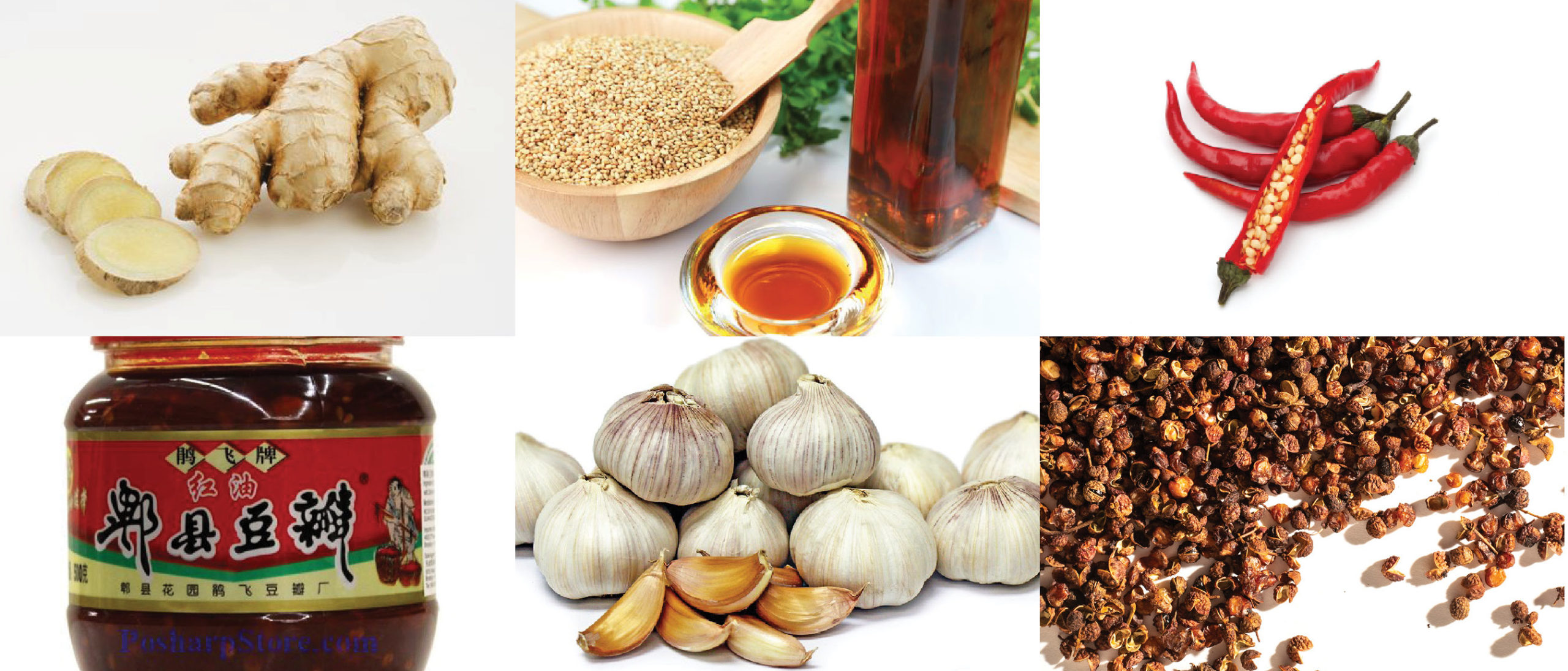
6. Common Sauces and Condiments in Chinese Cooking
Chinese cuisine is known for its rich and diverse flavors, which are achieved through a variety of sauces and condiments. These essential ingredients add depth, complexity, and balance to dishes, enhancing the natural flavors of meats, vegetables, and noodles. Some of the most commonly used sauces and condiments in Chinese cooking include:
- Soy Sauce (酱油) – A fundamental seasoning made from fermented soybeans, wheat, water, and salt. Light soy sauce is often used for seasoning, while dark soy sauce adds color and richness to dishes.
- Oyster Sauce (蚝油) – A thick, savory sauce made from oyster extract, sugar, and soy sauce. It is commonly used in stir-fries, braised dishes, and marinades.
- Hoisin Sauce (海鲜酱) – A sweet and tangy sauce made from fermented soybeans, garlic, vinegar, and spices. It is often used as a glaze for meats, a dipping sauce, or an ingredient in stir-fries.
- Fermented Bean Paste (豆瓣酱) – A spicy, salty paste made from fermented broad beans or soybeans. It is a key ingredient in Sichuan cuisine, used in dishes like Mapo Tofu.
- Rice Vinegar (米醋) – A mild and slightly sweet vinegar used in dressings, dipping sauces, and stir-fries to add acidity and brightness.
- Sesame Oil (芝麻油) – A fragrant oil made from toasted sesame seeds, often used as a finishing touch in soups, noodles, and stir-fried dishes.
- Chili Sauce and Chili Oil (辣椒酱 / 辣椒油) – Popular condiments made from chili peppers, garlic, and oil, commonly used to add heat and depth to dishes.
- Shaoxing Wine (绍兴酒) – A traditional Chinese rice wine used to enhance the flavor of meat and seafood dishes, as well as in marinades and braised recipes.
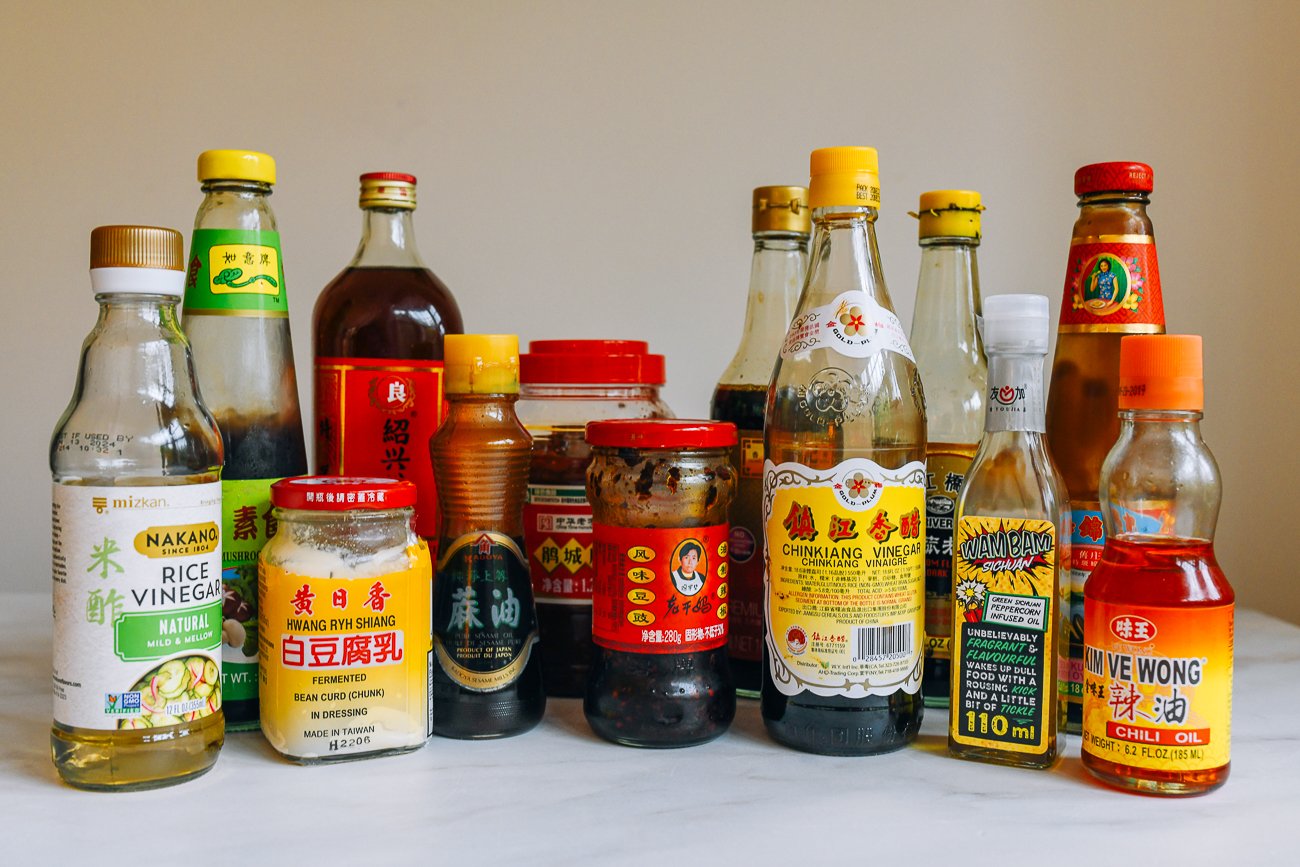
Conclusion
Chinese cuisine is incredibly diverse, incorporating a wide array of ingredients that contribute to its rich flavors and textures. From staple foods like rice and noodles to a variety of meats, vegetables, and seasonings, every ingredient plays a crucial role in creating authentic Chinese dishes.
Understanding these key ingredients will enhance your appreciation of Chinese food and help you explore its culinary delights, whether dining out or cooking at home.

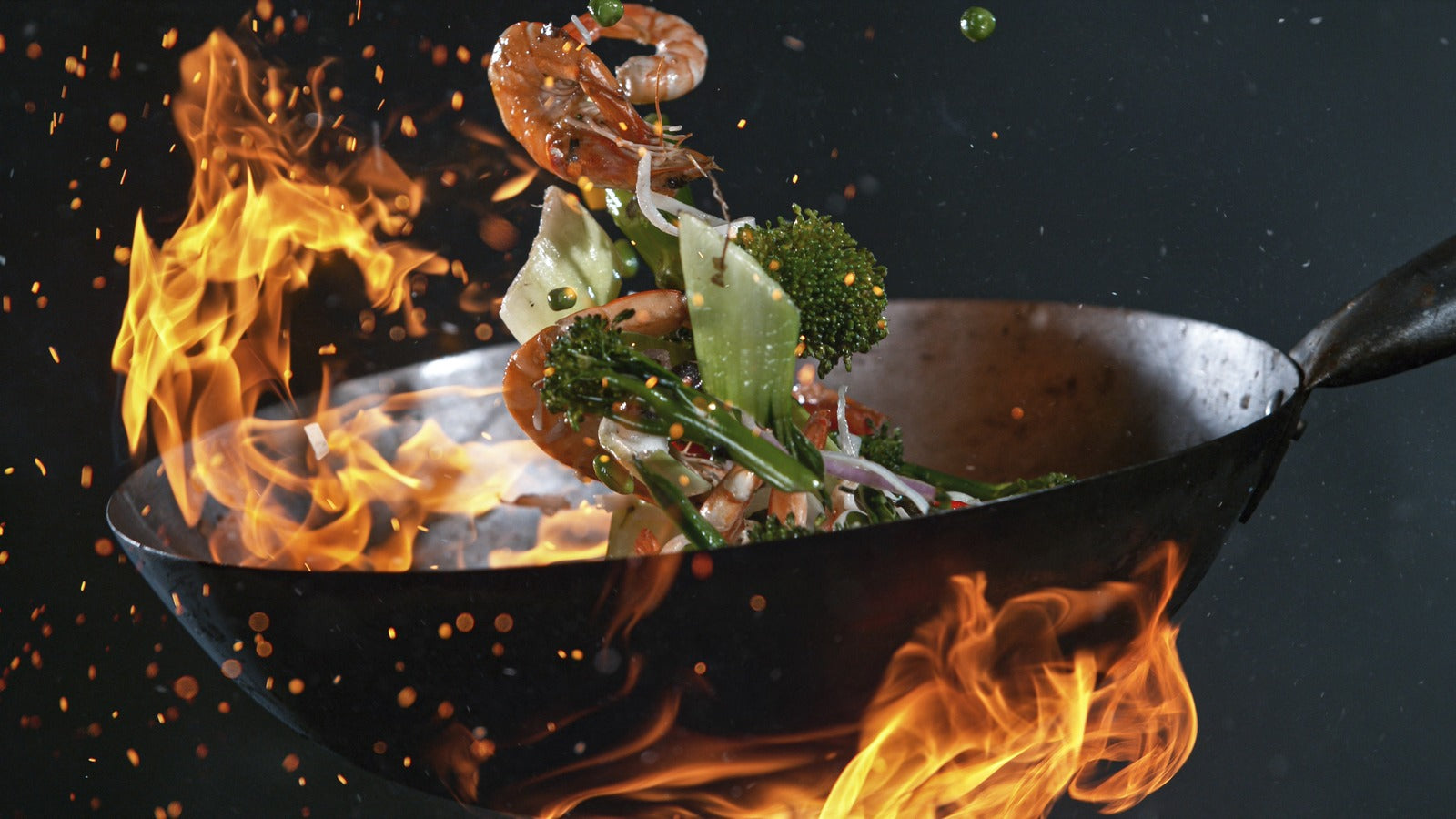
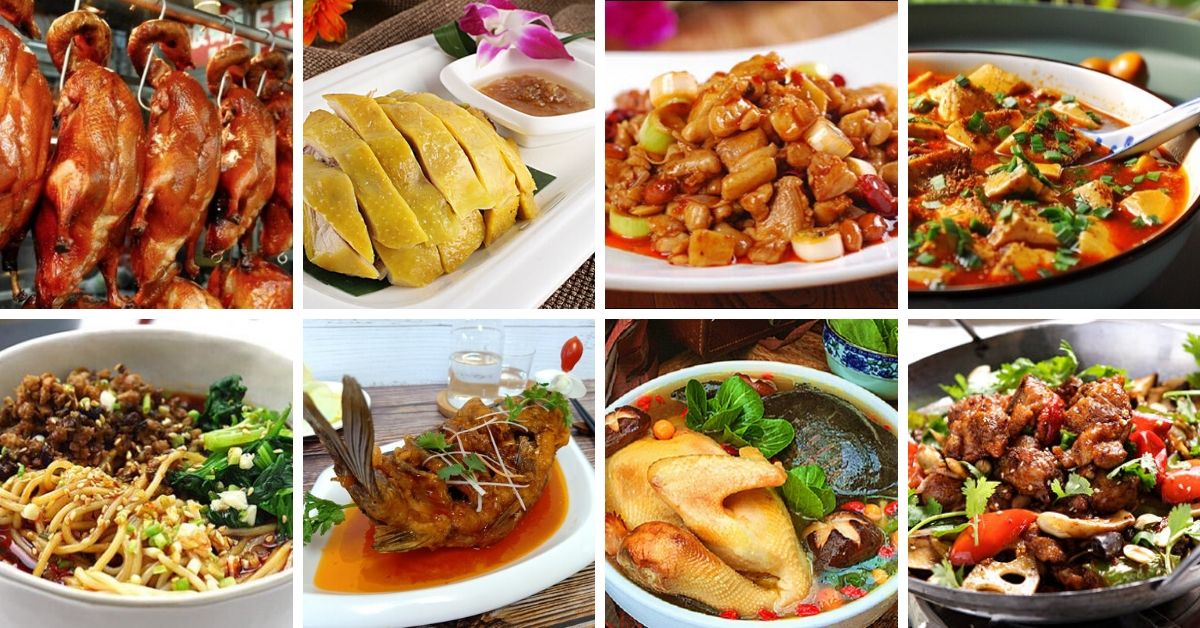

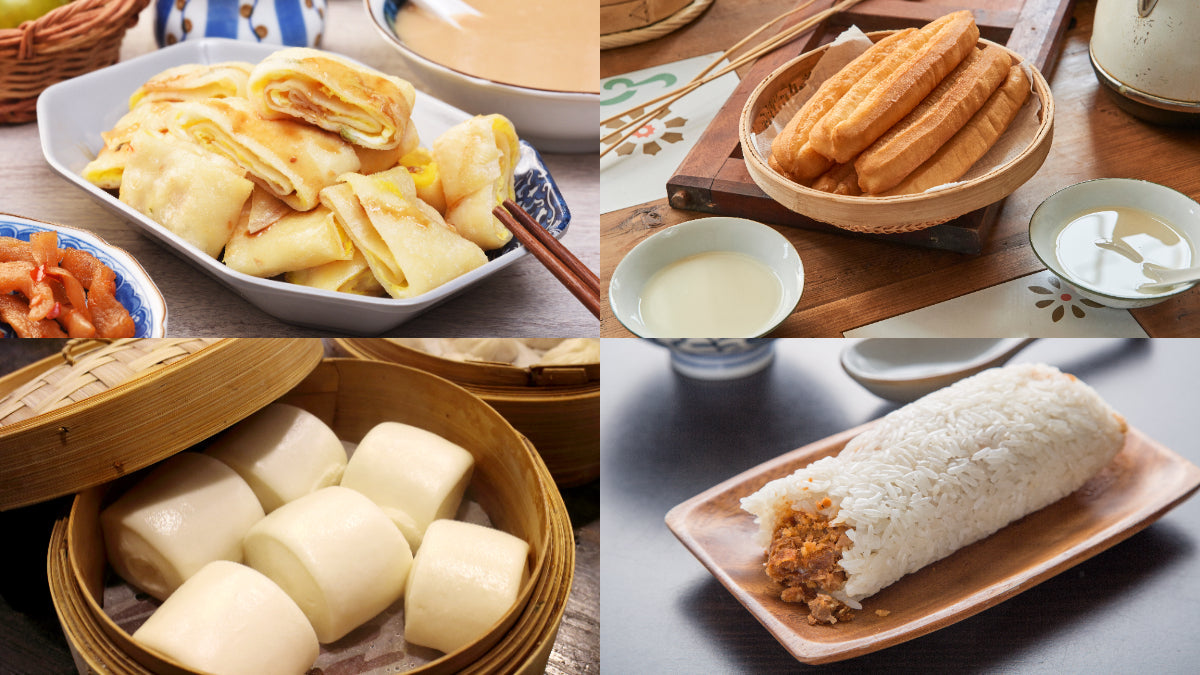
Share:
Symbolic Chinese Festival Foods: A Must-Try for Visitors!
China’s Eight Great Cuisines: A Journey Through Regional Flavors